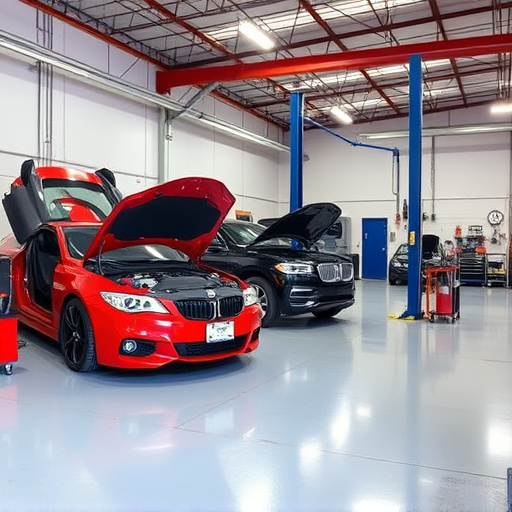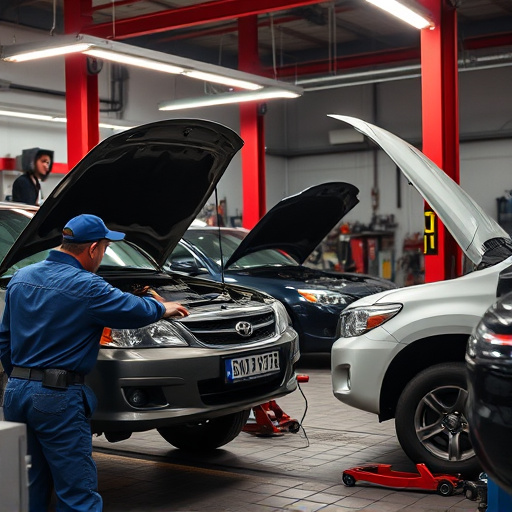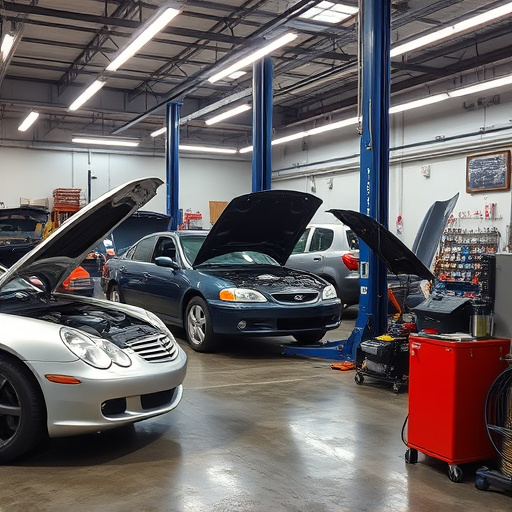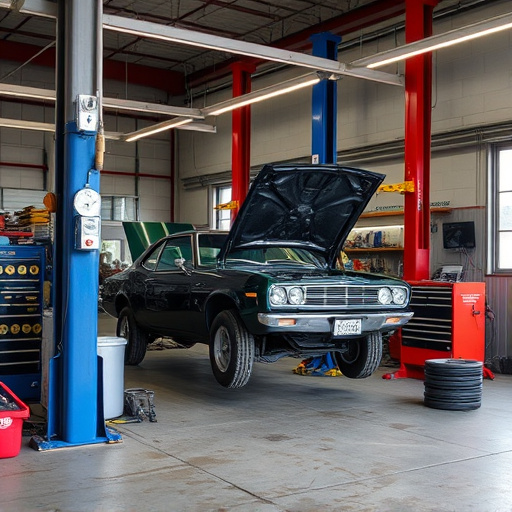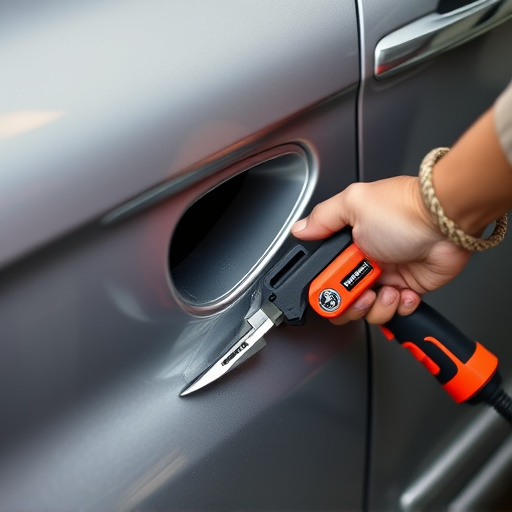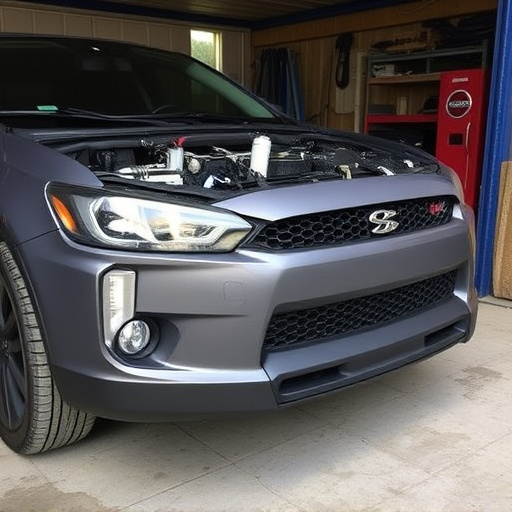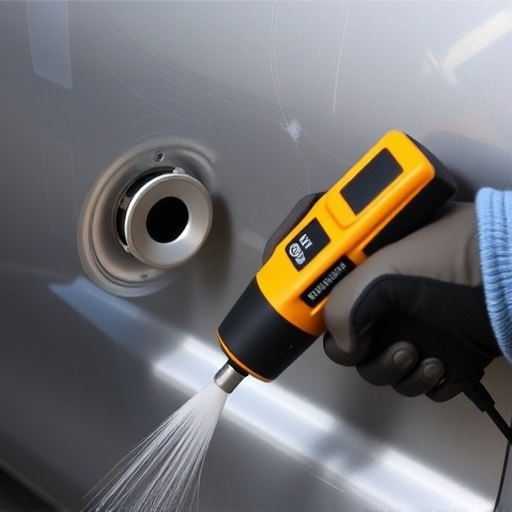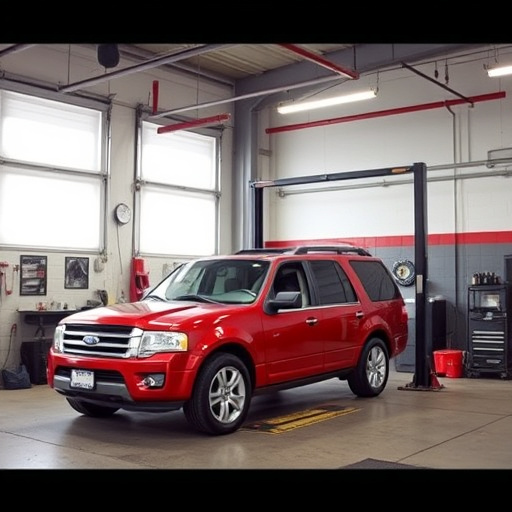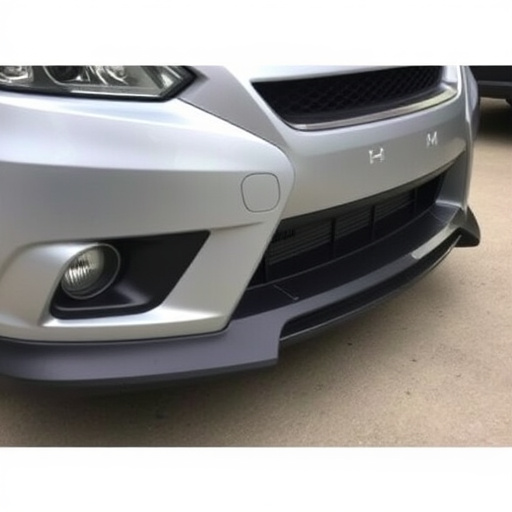Regular Tesla heat pump inspections are crucial for maintaining efficient climate control and vehicle longevity. Checks should include refrigerant levels, seals, wear & damage to components, electrical connections, noises, filters, and visible damage. Prompt addressing of issues through maintenance or professional repair enhances efficiency, prevents costly repairs, and maintains system health comparable to classic car restoration.
Tesla’s innovative heat pump systems offer efficient climate control, but regular inspections are key to maintaining optimal performance. This guide delves into the essentials of Tesla heat pump basics, providing a comprehensive checklist for thorough evaluations. Learn how to identify and address common issues early on, ensuring your Tesla heat pump operates at peak efficiency year-round. Discover best practices for maintaining this game-changing technology in your home.
- Understanding Tesla Heat Pump Basics
- Regular Inspection Checklist for Efficiency
- Identifying and Addressing Common Issues
Understanding Tesla Heat Pump Basics

The Tesla Heat Pump is a groundbreaking technology designed to revolutionize climate control within electric vehicles. Unlike traditional heating and cooling systems, this innovative system uses a heat pump to move heat between the interior cabin and the outside air efficiently. During colder months, it extracts heat from the outdoors, warming the vehicle’s interior while expelling warmer air back outside. Conversely, in warmer weather, it reverses the process, drawing heat from the cabin and releasing it externally. This dynamic process ensures a comfortable driving environment year-round without relying on energy-intensive resistive heating methods.
A Tesla Heat Pump Inspection is crucial to maintaining this optimal performance. Regular checks should include evaluating the system’s refrigerant levels, ensuring proper sealing to prevent leaks, and examining components for signs of wear or damage. Just as with car paint repair or vehicle body repair in a traditional body shop service, meticulous attention to detail during inspections can catch potential issues early on. By keeping the heat pump well-maintained, Tesla owners can expect consistent energy efficiency, enhanced comfort, and longer system lifespan.
Regular Inspection Checklist for Efficiency

Regular inspections are vital for maintaining the efficiency of your Tesla’s heat pump system. A well-maintained heat pump ensures optimal climate control performance and energy savings. Here’s a simple checklist to help owners keep their vehicles in peak condition. Firstly, check the heat exchanger for any signs of damage or blockage; clean or replace as needed. This component is crucial for efficient heat transfer. Next, inspect the refrigerant levels; top up if required, as low refrigerant can significantly impact performance. Regularly examine electrical connections for corrosion or loose fitting, as these can lead to power loss and reduced heating/cooling capabilities. Keep an eye on any unusual noises coming from the pump, which could indicate mechanical issues.
Additionally, ensure regular maintenance of the evaporator coils, filtering system, and compressor. Clean or replace filters according to the manufacturer’s recommendations to avoid restricted airflow. In case of visible damage or corrosion to any part, such as those involved in car dent removal or vehicle paint repair, it’s advisable to consult a professional technician who can provide expert advice and perform repairs, ensuring your Tesla’s heat pump system operates at its best.
Identifying and Addressing Common Issues

When conducting a Tesla heat pump inspection, it’s crucial to be on the lookout for common issues that can hinder optimal climate control performance. Some of these problems might include faulty connections, worn-out components, or inefficient system operation. Regular checks should involve inspecting electrical wiring for any signs of damage or corrosion and ensuring all parts are in good working condition.
Addressing these concerns promptly through routine maintenance or professional vehicle repair services can significantly enhance the heat pump’s efficiency. Just as with a classic car restoration, where meticulous attention to detail is required, a thorough inspection of your Tesla’s heating and cooling system is essential. By doing so, you not only ensure top-notch climate control but also contribute to the longevity of your vehicle, preventing costly repairs down the line, similar to how car body repair is an integral part of maintaining any automobile.
A Tesla heat pump, with regular maintenance through thorough inspections, can significantly enhance your home’s energy efficiency and climate control. By adhering to a structured inspection checklist, you can identify and rectify potential issues early on, ensuring optimal performance throughout the year. Remember, a well-maintained Tesla heat pump is key to achieving a comfortable living environment while reducing energy costs. So, make sure to incorporate these inspections into your routine home upkeep for a smarter, more sustainable future.


